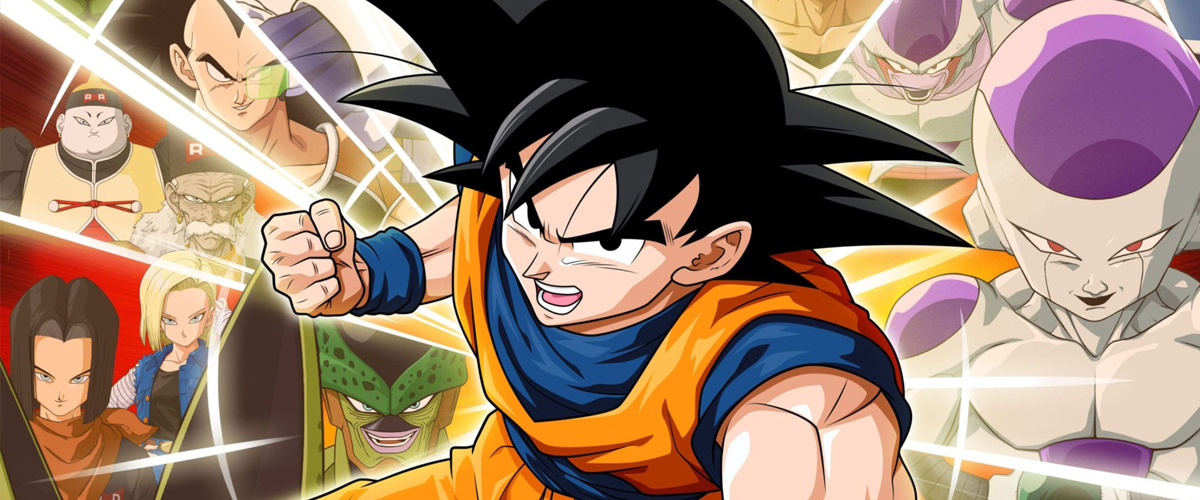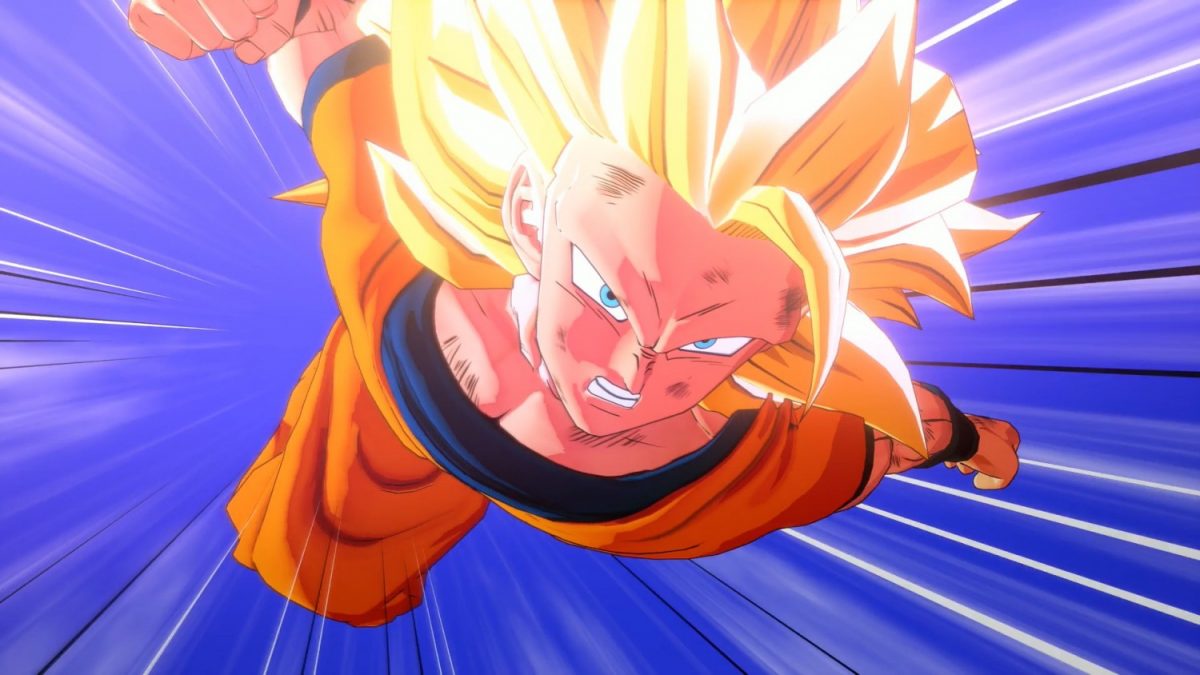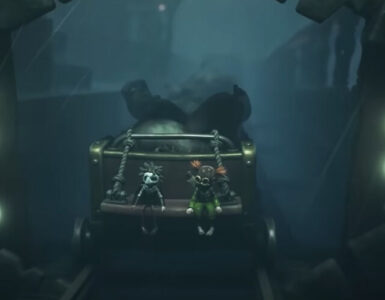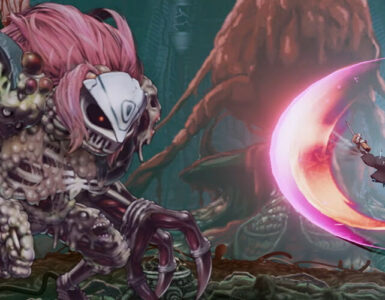- Shares
- 74
It’s been 30 years since the first airing of Dragon Ball Z. And if you were fortunate enough to watch it in your childhood, you were basically exposed to one of the most iconic animated series to have ever been crafted. Since then, the franchise has exploded in popularity, spawning various sequels and spin-off shows, and even been the foundation of several decent fighting games such as Dragon Ball FighterZ and Dragon Ball Xenoverse 1 & 2.
But 30 years ago, the prospect of playing through the sagas of Son Goku, Gohan and Vegeta in a video game seemed like only wishful thinking. But now, we can relive one of the most popular Japanese anime series ever in Dragon Ball Z: Kakarot.
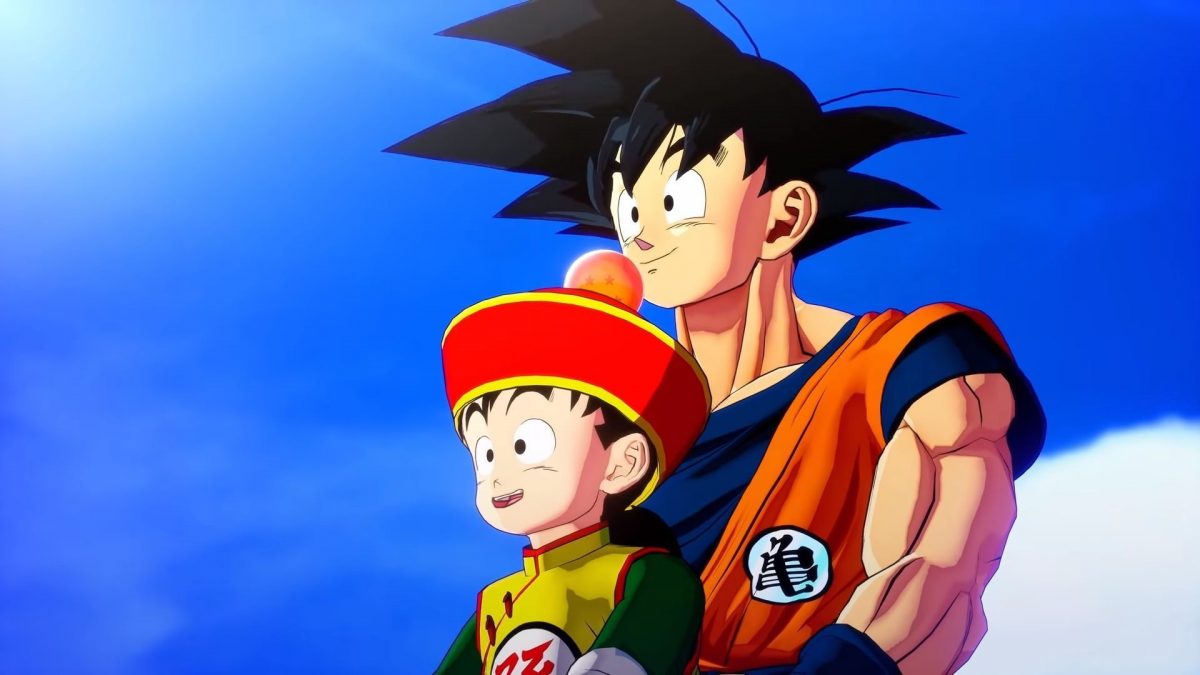
Unlike the countless host of DBZ fighting games that have enthralled us over the years, Dragon Ball Z: Kakarot takes a slightly different spin on the franchise by giving us an action RPG instead. And rather than developing an entirely new story altogether, players are instead thrown back into the throngs of days gone by, with a revisit of the first four arcs of the original DBZ saga: Saiyan, Frieza, Cell, and Buu, which also means playing through each arc with the exact same protagonists that went through them.
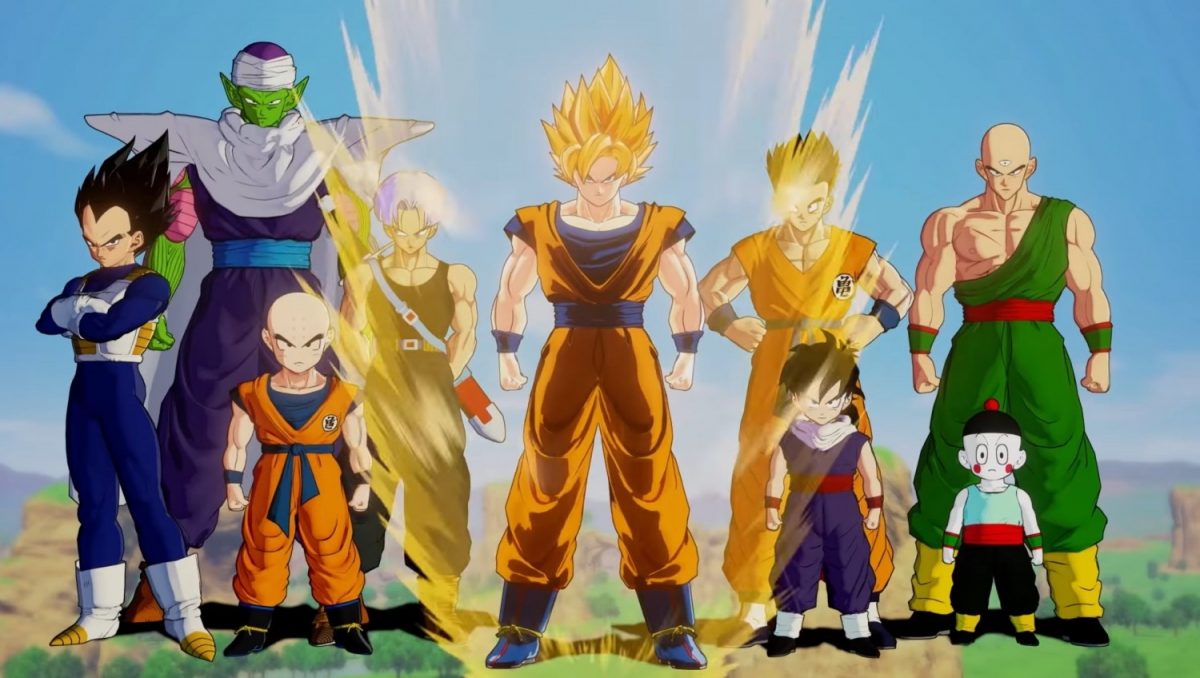
So if you’ve watched through the entire DBZ anime as a kid, why go through it again in this game? If anything, Kakarot serves to inject nostalgia by showcasing the series in its entirety with a fresh visual spin on it in the form of 3D cel-shaded graphics. This makes the already iconic and beloved story even more enjoyable as you can relive some of the biggest scenes in the saga with more up-to-date visuals, while still retaining the simplistic zaniness of Akira Toriyama’s art style. Even the title of Dragon Ball Z: Kakarot itself, the last part being Goku’s Saiyan name, is a nice homage to the iconic character’s legacy.
Gameplay-wise, Dragon Ball Z: Kakarot can be better described as part-fighting game, part-RPG. Half of the game pits you against the various characters, baddies and monsters, while taking full control of the DBZ cast, while the other half gives you the breathing space to roam around various open-world areas, pursuing different ways to level up and prepare for your next fight.

The fighting game aspect feels fluid and smooth, as you can input controls in any order, and your character will still execute them without so much as breaking a sweat. This means you get to dart around the battlefield in a 360-degree axis, perform strings of combos via melee attacks or ranged Ki blasts, as well as charge Ki up and let loose your special attack. If a support character is accompanying you, they’ll join in the fight as well, taking some hits for you in the process, as well as giving you the option to use their special abilities too. Developer CyberConnect2 may have taken a small leaf out of Dragon Xenoverse’s book, but we’re not complaining.
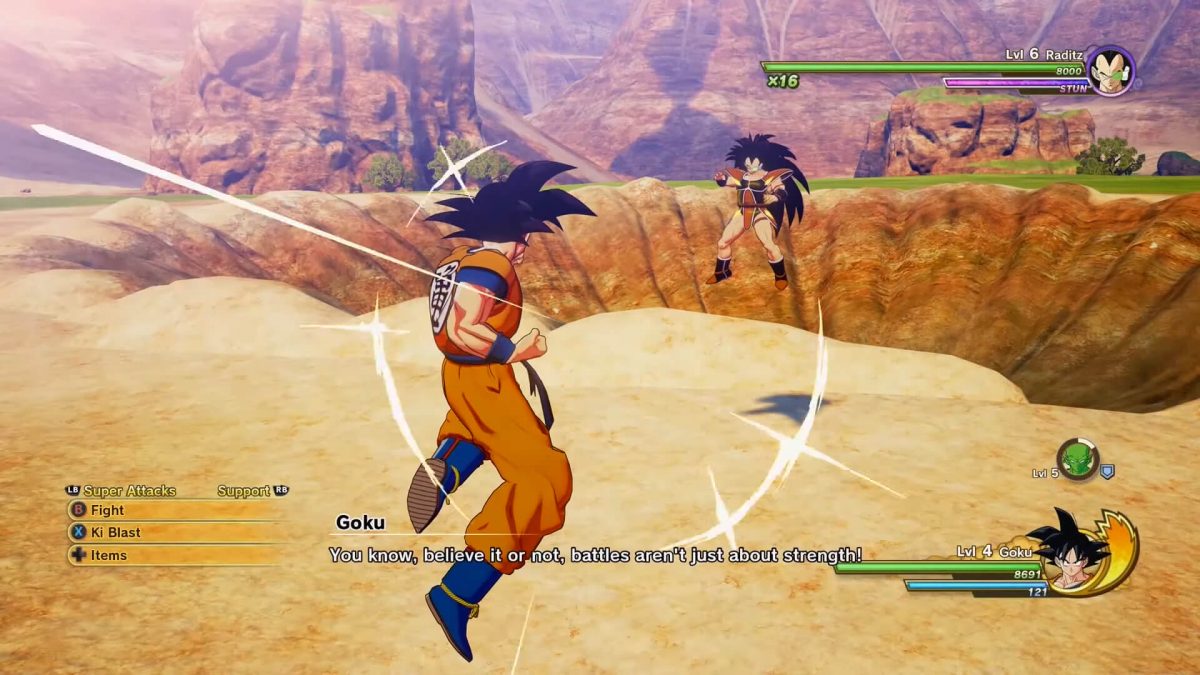
The challenge and satisfaction you get with the enemies you fight may vary, though. On one hand, set piece fights with all the iconic bosses and characters are hugely satisfying, straddling a good balance of challenge and nostalgic fun. However, the bosses might feel a little gimmicky at times, as they have an auto-counterattack which prevents you from slinging as many combos as you like. And if you’re underleveled, you’ll be having a hard time chipping away at their health (more on leveling later). In some instances, where the anime depicts both fighters to be evenly-matched, the boss fight mechanics may make these moments feel like slogs as a result.
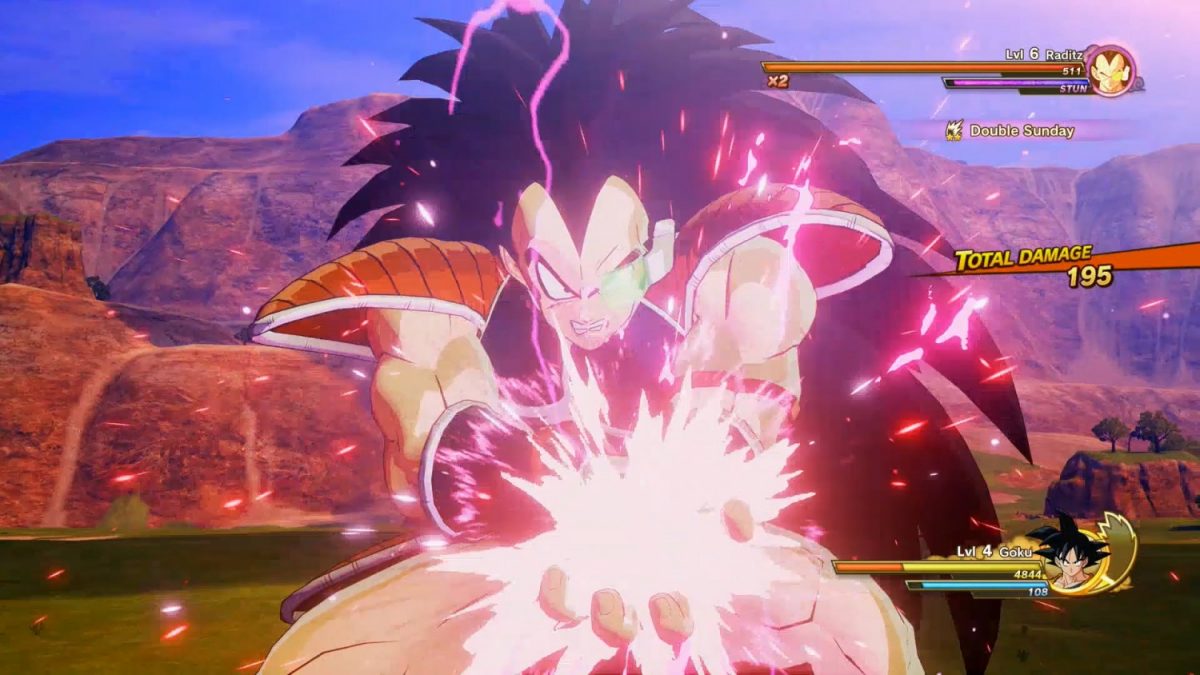
While boss fights are generally quite fun, combat encounters with random enemies you meet in the vast open world tend to grow increasingly repetitive over time. There isn’t much variation in the enemies you fight in your 30-or-so-hour playthrough, so the moves they possess are generally predictable as a result. Their sole purpose is to allow you to familiarise yourself with the combat mechanics, as well as give you opportunities to gain XP and level up before set-piece boss battles.
With that out of the way, let’s look at Dragon Ball Z: Kakarot as an RPG. Throughout the game, you’ll be traversing across the various locales in an open-world format, as you pursue the next story objective as well as side quests and activities along the way. In terms of breadth, you’ll be spoiled for choice in the amount of things to do and places to go.
You can fish using your tail as Goku/Gohan, collect various other ingredients by running or flying around, or hunting wild animals such as deer, and even dragons and dinosaurs, and cook any combination of them to make stat-boosting meals. As you traverse the overworld aerially or on the ground, you can collect Z Orbs in the air, which you’ll use to level up your skills. Later on, you’ll have access to the Training Room, which you can unlock special skill trees by fighting and beating tough enemies.
As interesting and varied as these activities are, there isn’t much depth to them (besides the Training Room and collecting Z Orbs, as you’ll need these to get access to the most powerful abilities), and the benefits they offer don’t amount to much. Ultimately, what matters is your character’s level and unlocked abilities, which you’ll easily level up just by playing through the main story.
The side quests you encounter allow you to meet with characters from various points in the DBZ show, and even the old Dragon Ball anime, from when Goku was a kid. The quests themselves aren’t exactly substantial, being limited to just a series of fetch quests and “Kill X enemy at Y location”. Additionally, while it’s nice that these familiar faces are paid homage to, they can detract from the experience of a newcomer to the franchise as you’d need to have watched the very first Dragon Ball (yes, DBZ was actually a sequel series) series in order to get the context of their interactions with the main characters in the game.
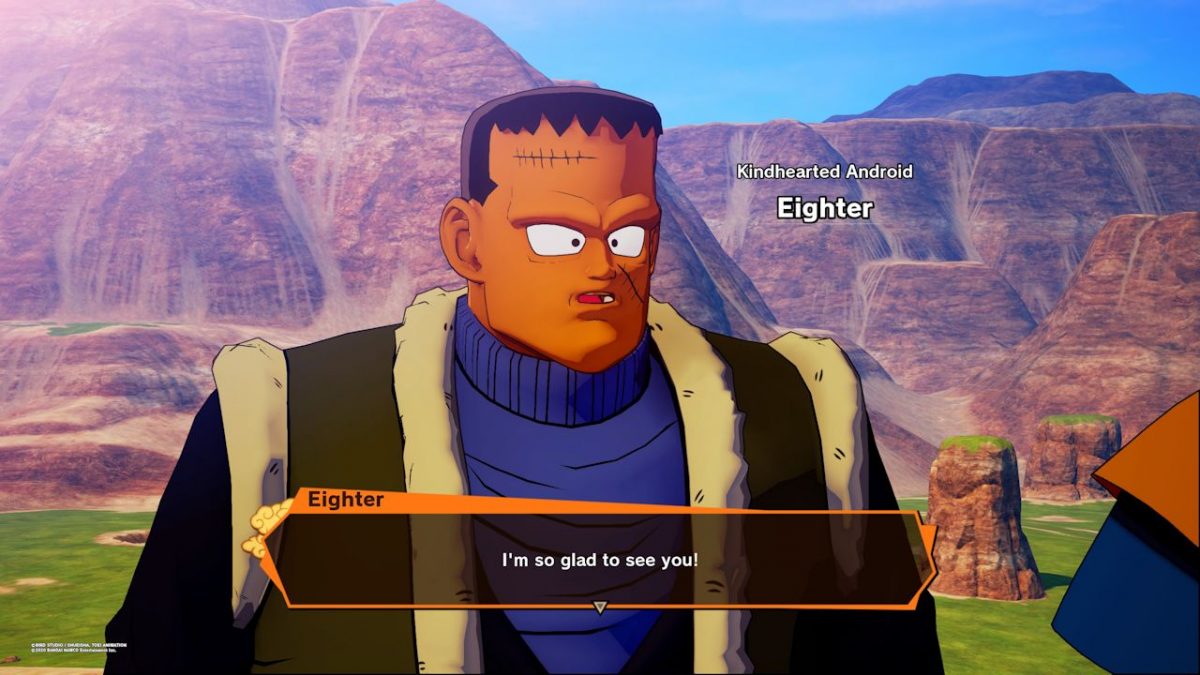
While you gain cooking ingredients and Zeni (the game’s currency) upon completing these side quests, you’ll also sometimes get the character’s Soul Emblems, which you can use to boost your base stats when you equip them to your current character.
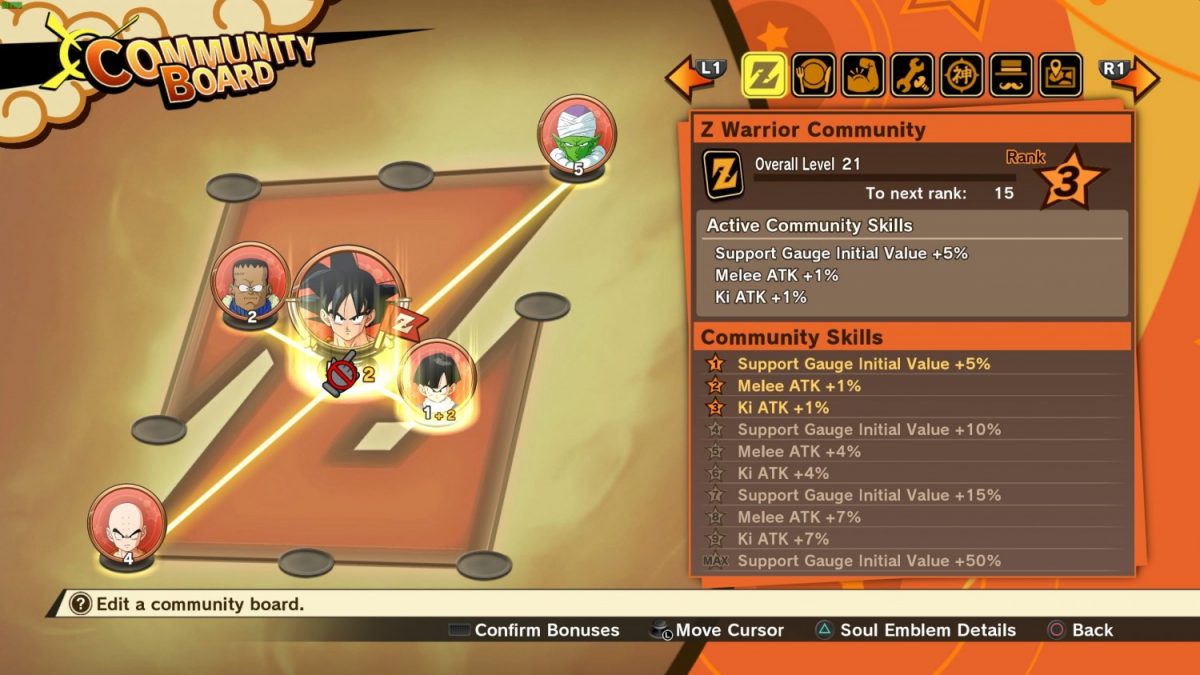
But the sheer amount of freedom players get is what makes Kakarot so enjoyable, as just the ability to move around in a 360-degree axis is so liberating. From a technical standpoint, it is also helped by the relatively good-looking visuals, which CyberConnect2 took the time to refine.
Of all the Dragon Ball games so far, Kakarot looks and feels the most polished visually, and it shows. The colours are constantly vibrant, and are really well-replicated from the anime, and even enhanced especially during cutscenes. The cel-shading adds a nice bit of realistic depth to the Akira Toriyama’s cartoony vibes, as clothing, facial expressions and other striking character details pop out more during these moments. If Kakarot was a simple 3D remaster of the original DBZ anime, it’s not a bad one.

However, in the game world itself, there is the odd issue of pop-in as you fly through the overworld. Monsters and NPCs suddenly appear without warning as you move from area to area, which can be off-putting, especially since the former are generally hostile and will hover to your location to start a combat encounter. We imagine it’s the cost of having so many moving pieces in several sprawling open-world areas. Hopefully a future graphics patch can come along to reduce these issues from occurring, but as it stands, this issue could potentially be a nuisance to the overall gameplay experience.
If you enjoyed the music of DBZ, you’ll instantly be bopping your head to the iconic rock anthem “Cha-La Head Cha-La” by Hironobu Kageyama in the start menu screen, as well as many other tunes from the anime.
In the voice acting department, who else but Masako Nozawa could voice Goku in Japanese. The 83-year-old is still going strong, with her voice as iconic as the spiky-haired Saiyan’s. Her English counterpart, Sean Schemmel, makes a return as well as English Goku, and does an admirable job too. Of course, these are just examples of the voice talent that is available in Kakarot, and let’s just say CyberConnect2 and Bandai Namco have done a superb job at bringing both the original Japanese cast and a solid English one together. Now, it’s just up to you as to which language you prefer when playing the game.
In a nutshell, Dragon Ball Z: Kakarot is a fan’s game, made by fans of the series. If you’re jumping into this game as a longtime fan, don’t be surprised to be smiling absent-mindedly as some of the most memorable scenes in the show are replicated really faithfully, complete with the same voice actors that breathed life into these characters 30 years ago. However, it isn’t without its flaws, but if you can get past the relatively dull gameplay loop, you’re rewarded with a great injection of Super Saiyan nostalgia.
GEEK REVIEW SCORE
Summary
Dragon Ball Z: Kakarot is like an imperfectly good nostalgia pie: warm and crispy on the outside with all the amazing set-piece moments that hearken you back to your childhood, a little undercooked but still tasty on the inside, with the repetitive and slightly bland side content. If you’re a DBZ fan (and only if you are), this one’s certainly for you.
Overall
7.8/10-
Gameplay - 7.5/10
7.5/10
-
Story - 8/10
8/10
-
Presentation - 7.5/10
7.5/10
-
Value - 7.5/10
7.5/10
-
Geek Satisfaction - 8.5/10
8.5/10
User Review
( votes)Marion has a serious RPG addiction. Sometimes it bleeds into real life; he forgets to sleep because he thinks he has a Witcher’s body clock. Forgive him in advance if he suddenly blurts out terms such as “Mind Flayer” and “Magic Missile”, because never once does he stop thinking about his next Dungeons & Dragons game.

